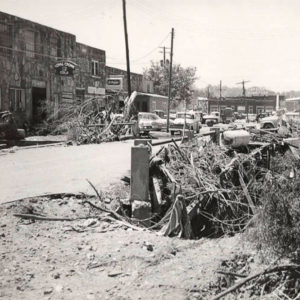 1961 Flood
1961 Flood
Entry Category: Boone
 1961 Flood
1961 Flood
 1961 Flood
1961 Flood
Alpena (Boone and Carroll Counties)
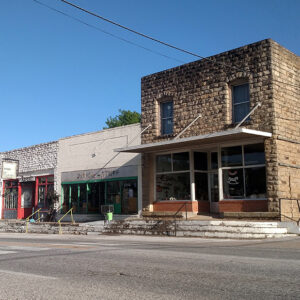 Alpena Street Scene
Alpena Street Scene
 Apple Display
Apple Display
 Bellefonte
Bellefonte
Bellefonte (Boone County)
Bergman (Boone County)
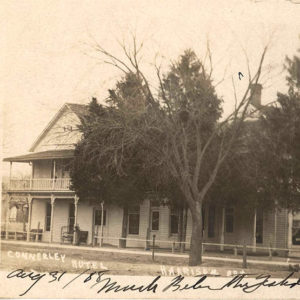 Connerley Hotel
Connerley Hotel
Diamond City (Boone County)
Dubuque (Boone County)
Everton (Boone County)
Harrison (Boone County)
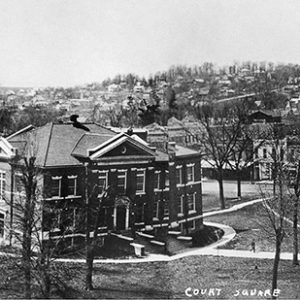 Harrison Courthouse Square
Harrison Courthouse Square
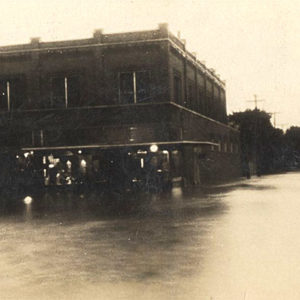 Harrison Flood
Harrison Flood
 Harrison Grammar School
Harrison Grammar School
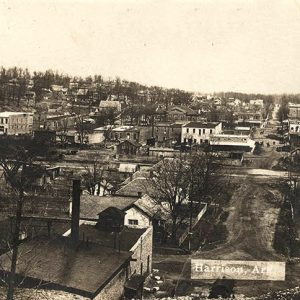 Harrison Overlook
Harrison Overlook
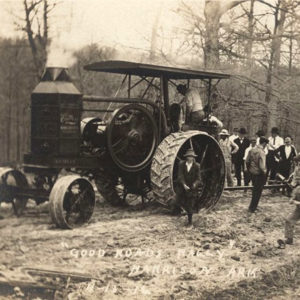 Harrison Roads
Harrison Roads
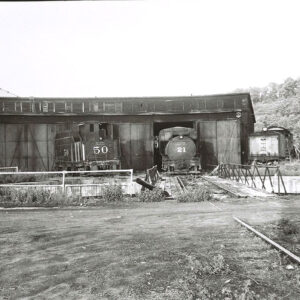 Harrison Roundhouse
Harrison Roundhouse
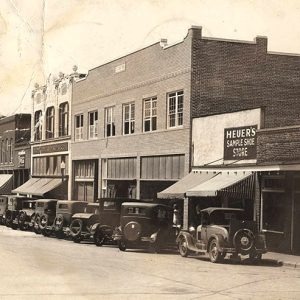 Harrison Street Scene
Harrison Street Scene
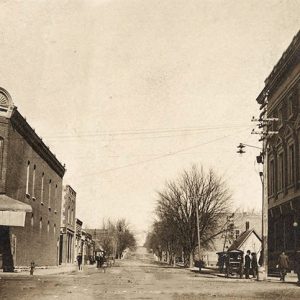 Harrison Street Scene
Harrison Street Scene
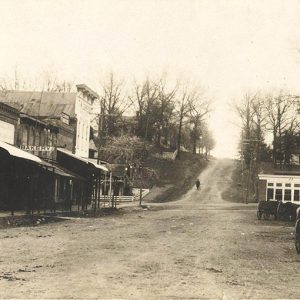 Harrison Street Scene
Harrison Street Scene
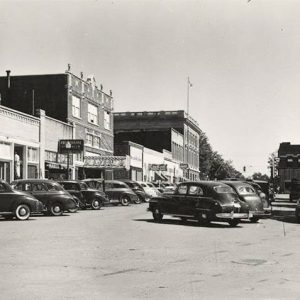 Harrison Street Scene
Harrison Street Scene
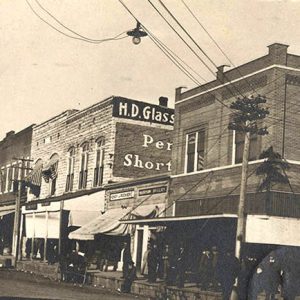 Harrison Street Scene
Harrison Street Scene
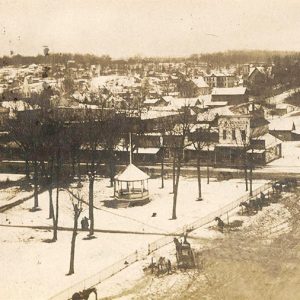 Harrison View
Harrison View
 Hotel Seville
Hotel Seville
Lead Hill (Boone County)
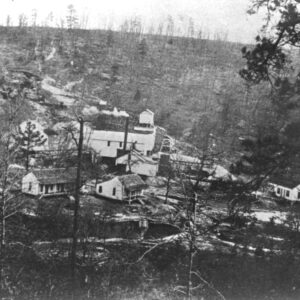 Magnolia Mines
Magnolia Mines
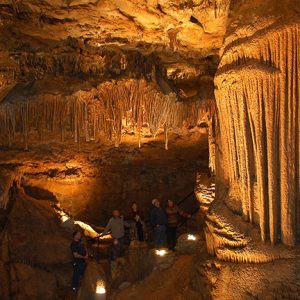 Mystic Caverns
Mystic Caverns
Omaha (Boone County)
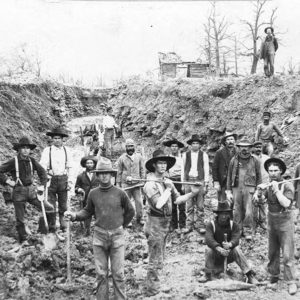 Railway Workers
Railway Workers
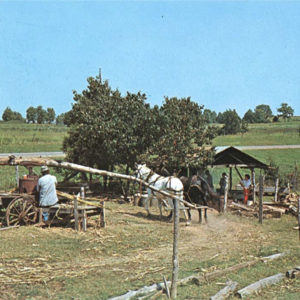 Sorghum Mill
Sorghum Mill
South Lead Hill (Boone County)
Valley Springs (Boone County)
 Willow Street
Willow Street
Zinc (Boone County)
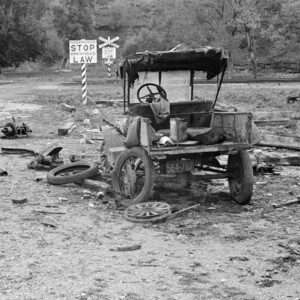 Zinc Scene
Zinc Scene




